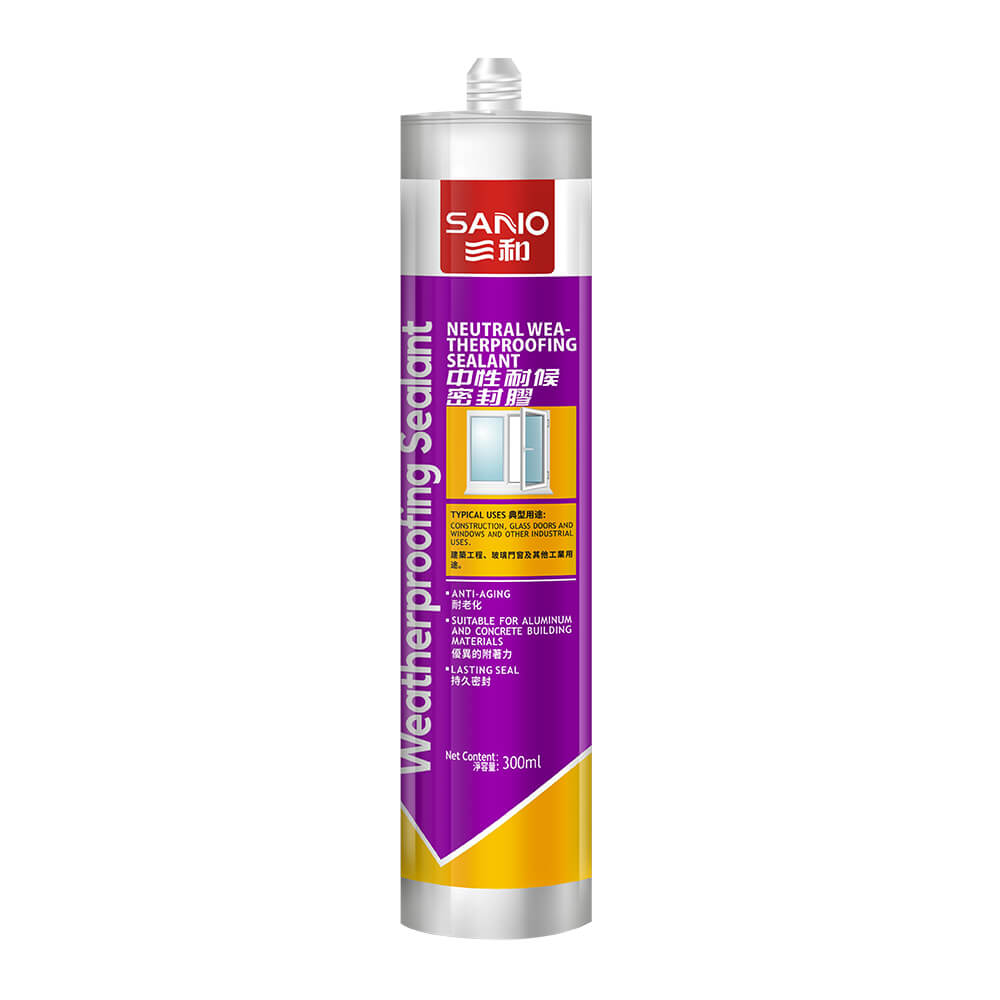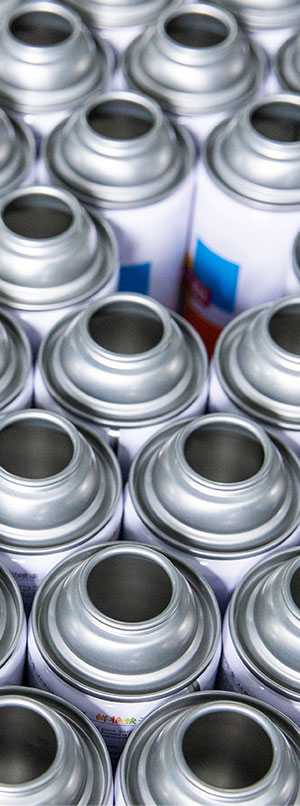One question we often encounter is the difference between caulk vs silicone sealant. While both products serve essential functions in construction and repair projects, understanding their unique properties will help you determine which one is best for your specific applications.

What is Caulk?
Caulk is a sealing material commonly used to fill gaps and cracks in various surfaces to prevent air and moisture from entering or escaping. It comes in different formulations, including latex, acrylic, and oil-based caulks. Each type has distinct characteristics and uses, but the most common features are ease of application and paintability. While caulk excels in filling minor gaps around windows, doors, and baseboards, it typically doesn’t offer the same level of durability and elasticity as silicone sealants.
We understand that choosing caulk can be beneficial for interior applications in dry environments, as it can provide a smooth finish and can be painted over easily. However, it may not perform well in areas exposed to moisture or extreme temperatures over time, leading to cracking and deterioration. As such, if you’re dealing with areas prone to temperature fluctuations or high humidity, caulk might not be the most reliable option.
Understanding Silicone Sealant
On the other hand, silicone sealant is a one-component, neutral cure product that excels in creating strong, durable seals in a variety of conditions. Our General Purpose Neutral Silicone Sealant TB781 is specifically designed to offer excellent weathering resistance and adhesion to numerous surfaces, including aluminum, concrete, glass, metals, wood, and ceramic tiles. This makes it ideal for both indoor and outdoor applications.
What sets silicone sealant apart is its ability to maintain flexibility and integrity even in harsh environments. With outstanding resistance to moisture, UV rays, and temperature extremes, our TB781 silicone sealant forms a long-lasting, watertight bond that stands the test of time. We’ve engineered this sealant to ensure it retains its elasticity, allowing it to expand and contract without cracking, making it an excellent choice for areas subject to movement, such as around windows and doors.
Comparing Caulk and Silicone Sealant
When evaluating caulk vs silicone sealant, the decision largely depends on the specific requirements of your project. If you need a quick solution for minor gaps that can also be painted, caulk may be your best bet. However, if you’re looking for superior durability, flexibility, and moisture resistance, silicone sealant is the clear choice. At SANVO, we recommend choosing our General Purpose Neutral Silicone Sealant TB781 for projects requiring a versatile and reliable sealing solution that performs well across a range of building materials.
Conclusion
To summarize, recognizing the distinctions between caulk vs silicone sealant is critical for making informed decisions in building and repair projects. At SANVO, we take pleasure in providing high-quality solutions like our TB781 silicone sealant to fulfill all of your sealing needs. By selecting SANVO, you gain access to dependable solutions that provide performance and longevity in any setting. Contact us today to learn more about our sealants and adhesives designed specifically for your tasks!
